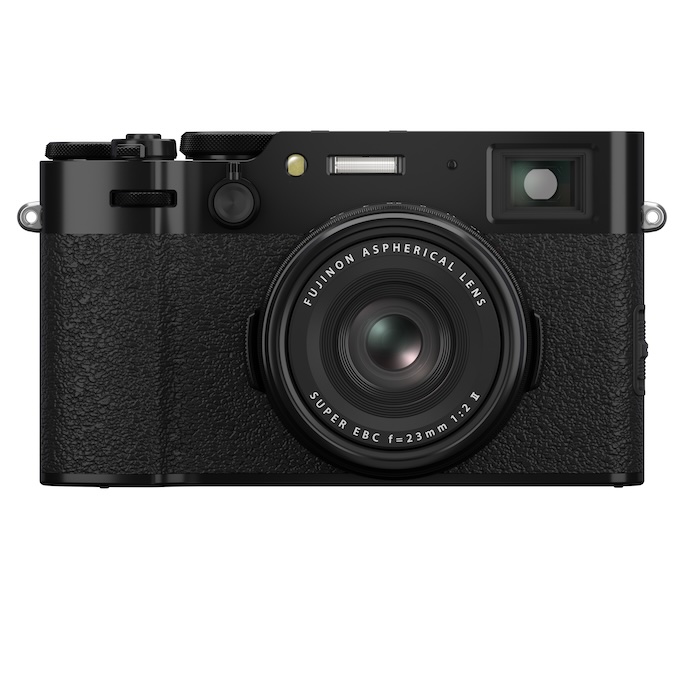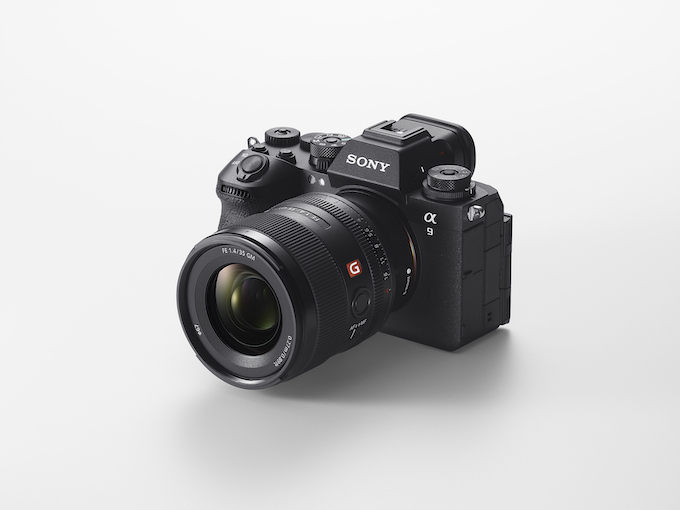Cameras
Panasonic recently shuffled its mirrorless line with the introduction of the 20-megapixel GX9. Although the new model is in some ways similar to the GX8, the GX9 now takes more of a mid-level position in the lineup. It’s smaller, lighter and, at $1,000 (including the $500, 12-60mm f/3.5-5.6 kit lens), less expensive than the GX8.
To achieve the pared-down size and weight, as well as the lower price, the GX9 lost some of its predecessor’s features including the fully articulated LCD, a microphone jack, Cinelike color profiles, and weather sealing. On the other hand, Panasonic has eliminated the optical low pass filter (OLPF) and you’ll get upgrades such as improved image stabilization, a new shutter mechanism that decreases shutter shock, Bluetooth, new monochrome options as well as a fun sequencing feature that captures and combines multiple shots into a single image. Of course, all of Panasonic’s other bells and whistles such as 4K Photo Mode, 4K video recording and post-focus are on hand as well.
I tested the camera with the 12-60mm f/3.5-5.6 and the tiny 12-32mm f/3.5-5.6 lenses. The 12-60mm kit lens, which delivers a 35mm-equivalent focal range of 24-120mm, felt well balanced on the GX9. It adds more bulk than the 12-32mm but provides a broader focal range. That said, I really liked the overall compact size and weight when shooting with the 12-32mm lens.

The Panasonic GX9’s tilting LCD is perfect for capturing low angle shots. Its responsive touchscreen provides convenient tap-to-focus, too. Photo © Theano Nikitas
Image Quality
Image quality was quite pleasing, with accurate colors that were just right when shooting in the standard Picture Style. Blue skies were blue and green landscapes were true green without overstated saturation levels. Even on bright sunny days, the GX9’s metering system provided generally spot-on exposures and the camera exhibited good overall dynamic range.
Test images were sharply focused and, thanks in part to the lack of the OLPF, fine details were clearly visible. Keep in mind, though, that the GX9’s highest shutter speed is 1/4000th sec. with a sync speed of 1/200th sec. versus the GX8’s 1/8000th sec and 1/250th sec.
The camera, with an ISO range of 100 (extended) to 25,600, performed pretty well under low light conditions. I pushed the ISO to 6400 on occasion, although with the five-axis image stabilization and the GX9’s ability to use dual image stabilization with compatible lenses, you’re less likely to have to push the ISO to extremes. However, I recommend doing any noise reduction in post rather than using the in-camera noise reduction; the GX9’s noise reduction seems a little heavy handed to my eyes (besides, you have more control in post).
Although the GX9 is decidedly focused on still photography versus, say, the Panasonic GH5, video quality is also quite good. Like still images, the GX9’s 4K video offers crisp footage and accurate colors.
Design
Without the lens, the GX9 is nicely compact, measuring 4.88 x 2.83 x 1.84 inches and weighing 0.99 pounds (with the SD card and battery). Mount the 12-60mm kit lens and the GX9’s total 1.46 pounds remains respectably light.
Photographers with larger hands might find the control layout a little bit tight, but it’s certainly manageable. There’s an optional grip (DMW-HGR2) for about $58, but I found the small grip on the camera to be quite comfortable—although I have smaller hands.
Panasonic replaced the GX8’s fully articulated LCD with a tilting screen. While I’d prefer the fully articulated design, the GX9’s touchscreen is very responsive and is great for positioning focus points. The display’s visibility in bright light isn’t bad and you can always tilt it if the sun is too reflective. The adjustable EVF is one of those love-it-or-hate- it designs. In its 90-degree upright position, it’s easy to be a little stealthier about shooting but you can also achieve the same subtlety using the tilting LCD. Personally, I like having the option of looking down into the EVF.
What We Liked
Image quality is always at the top of the list, and the GX9 generally delivered photos that were technically accurate and visually pleasing. Performance is good, with excellent five-axis image stabilization and, under most conditions, fast and accurate autofocus. There’s a low-power option to increase battery life from about 250 shots to 900. And the camera can be charged via USB in a pinch (although we’d recommend picking up extra batteries if you’re going to be shooting a wedding).
The camera also offers lots of features—most of which are practical, some of which are fun—so there are plenty of options above and beyond standard picture-taking, including time-lapse and the new Sequence Composition. For nighttime shooting, the GX9 offers a Live View Boost so you can better compose images when it’s really dark.
What we didn’t like
The EVF wasn’t as clear and sharp as we’d like. We also noticed some smearing when moving the camera. The mode and EV dials seemed very stiff and somewhat difficult to turn. Granted, there’s always a compromise in order to avoid accidental movement of dials, but these just felt a little too tight. The same goes for the on/off switch as well, especially when trying to quickly power up the camera with my thumb.
The Bottom Line
The GX9 is definitely designed for still shooters for whom video is a secondary consideration. Although the GX9’s 4K video is quite good, videographers will miss not having microphone and headphone jacks, as well as myriad other video features found on, say, the pricier GH5.
If you want a more advanced still camera, check out the Panasonic G9, but it will set you back around $1,700 for the body alone. You can find some bundles for the excellent Sony a6500 for around $1,200 and get a larger, APS-C sensor and additional video features.
That said, the Panasonic GX9 offers a great value with its kit lens. It makes for a good complement to your DSLR, and it’s unobtrusive enough to get some great wedding reception or street photos.
Related: A Total Hands-On Review of the Elinchrom ELB 500 TTL
Sony’s new RX100 VI Packs a Powerful Lens in a Pocketable Package





